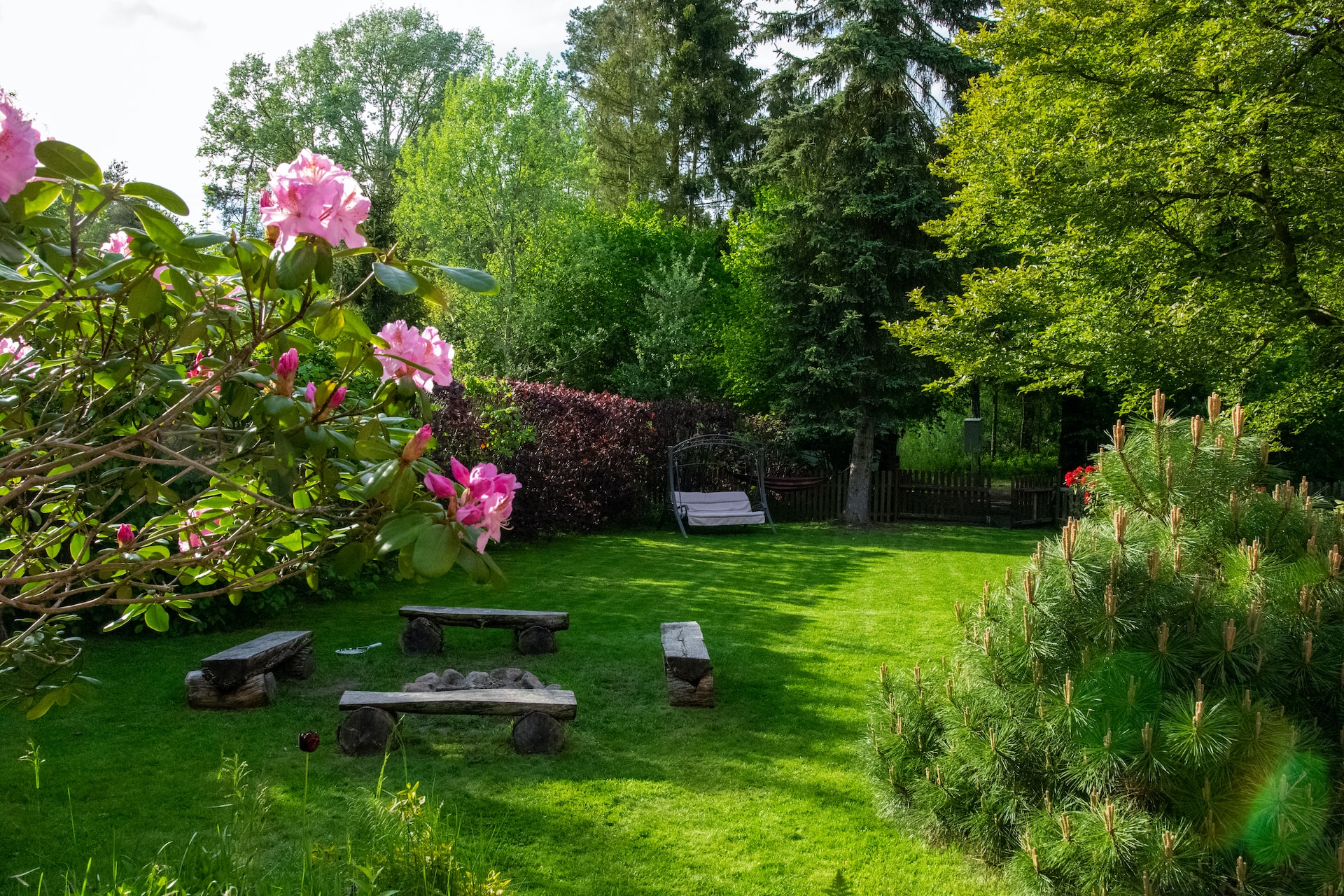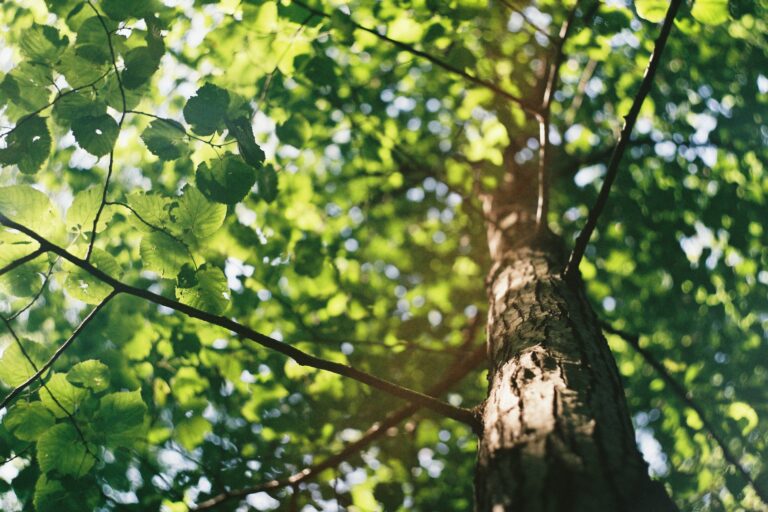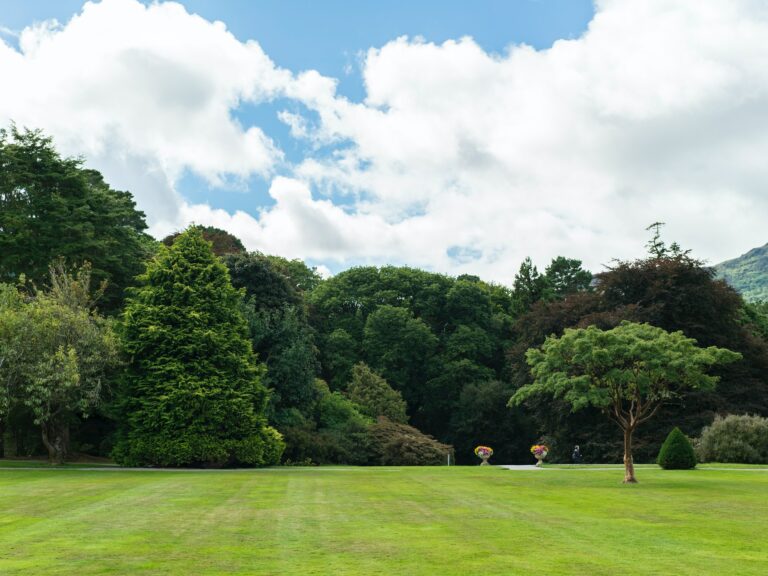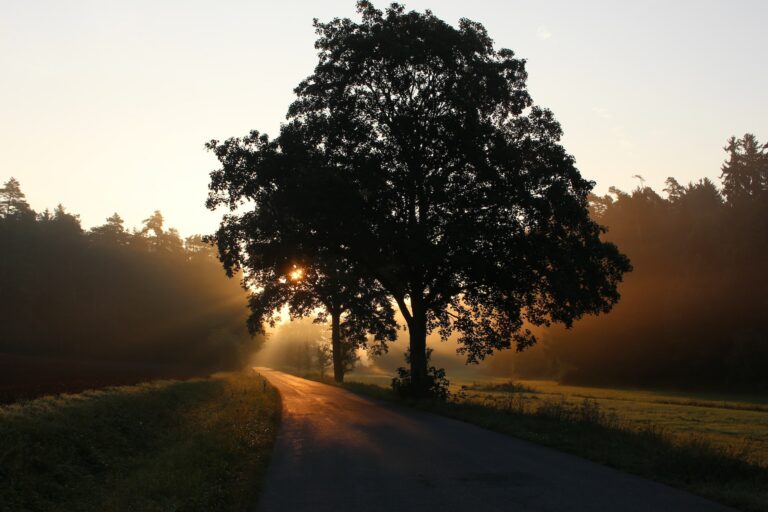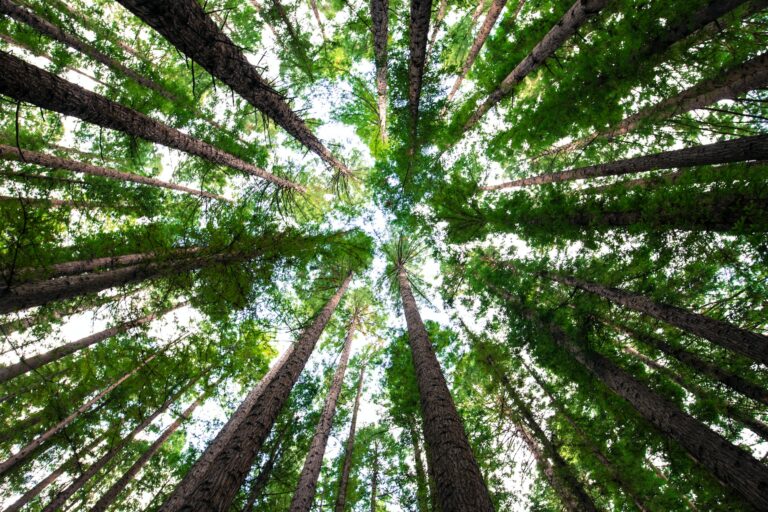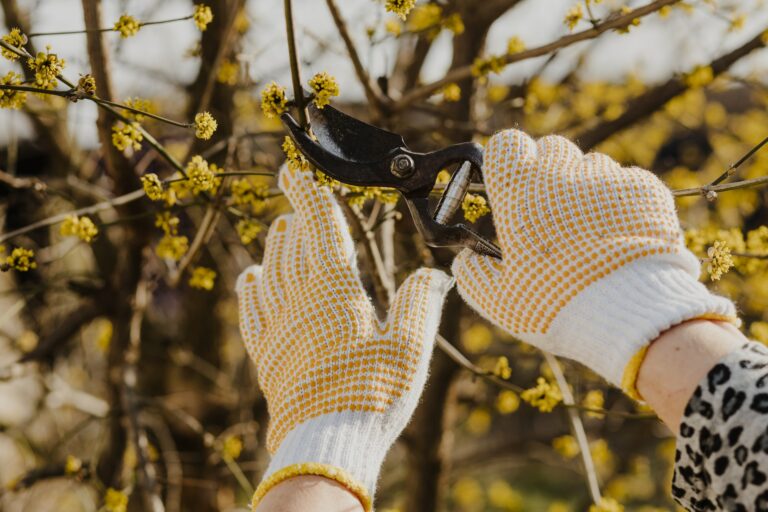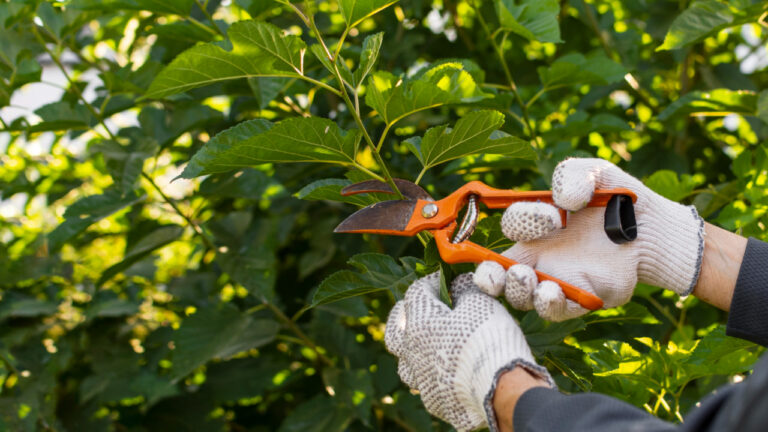Transform Your Yard with Sustainable Tree and Shrub Landscape Design
Sustainable landscape design involves working in harmony with the environment and creating functional, beautiful outdoor areas in a way that maximizes ecological benefits. Moreover, incorporating sustainable practices into tree and shrub landscape design results in diverse and vibrant outdoor spaces that are resilient and beneficial to the environment. With the professional guidance of Niwaki Tree & Shrub, a reputable and local tree care service in Rock Hill, South Carolina, you can transform your yard into an eco-friendly sanctuary that is both aesthetically pleasing and ecologically responsible.
In this educational blog post, we will explore the principles of sustainable tree and shrub landscape design, including the importance of selecting native species, implementing water-saving landscape features, and fostering biodiversity. With Niwaki Tree & Shrub’s team of knowledgeable professionals, your sustainable landscape aspirations become a reality as they provide expert assistance in creating a landscape design that is environmentally responsible, practical, and visually compelling.
Embracing sustainability in tree and shrub landscape design means not only minimizing the environmental impact of your garden but also establishing a lasting haven that supports local ecosystems and attracts pollinators and other beneficial wildlife. The benefits of sustainable tree and shrub landscape design extend far beyond the beauty and functionality of your outdoor spaces, it ultimately represents a commitment to environmental stewardship and the enhancement of community wellbeing. Join us as we delve into the wonders of sustainable tree and shrub landscape design, uncovering essential tips and expert insights to help you establish an eco-friendly, thriving, and captivating green haven on your property.
Choosing Native Trees and Shrubs for Sustainability
The foundation of any sustainable landscaping project is the careful selection of plant species that thrive in your local environment. By choosing native trees and shrubs for your landscape design, you benefit from:
1. Improved Adaptability: Native plants have evolved to suit the local climate, soil, and rainfall patterns, making them more resistant to weather fluctuations and less dependent on additional water or fertilizer.
2. Supporting Local Wildlife: Native plants provide food and shelter for pollinators, birds, and other beneficial insects, fostering biodiversity and creating a more lively, vibrant outdoor space.
3. Reduced Maintenance: By selecting native species that are well-suited to your region, your landscape will require less ongoing care, saving you time, effort, and money.
Smart Irrigation and Water Conservation
Efficient water use is a vital aspect of sustainable landscape design. By implementing water-saving landscape features, you can conserve resources while still maintaining a beautiful and functional yard. Consider the following strategies to maximize water efficiency in your sustainable tree and shrub landscape:
1. Group plants with similar water requirements together to streamline irrigation and enhance water efficiency.
2. Use rain gardens, bioswales, or permeable paving to capture and retain stormwater on your property, decreasing the need for additional watering.
3. Employ efficient irrigation systems, such as drip irrigation or soaker hoses, to minimize water waste.
Promoting Biodiversity and Attracting Wildlife
A sustainable landscape design should aim to create a diverse habitat that supports various types of flora and fauna. By fostering biodiversity in your garden, you not only create a visually appealing space but also contribute positively to the local ecosystem. To promote biodiversity and attract wildlife to your yard, consider the following:
1. Incorporate a wide variety of native plant species with varying colors, textures, and blooming times to provide food and shelter for various wildlife throughout the year.
2. Add features such as birdhouses, bat boxes, or bee hotels to create additional habitats for local wildlife.
3. Minimize pesticide use to ensure a safe environment for birds, pollinators, and other beneficial insects.
Sustainable Tree and Shrub Maintenance
An essential aspect of sustainable tree and shrub landscape design is employing environmentally friendly maintenance practices. These practices help to protect the health and longevity of your garden while minimizing harm to the environment. To ensure sustainable maintenance in your tree and shrub landscape, be sure to:
1. Prune trees and shrubs regularly to remove dead or damaged wood, reducing the risk of disease and maintaining the health and appearance of your plants.
2. Use organic mulch to suppress weed growth, reduce water evaporation, and improve soil health.
3. Employ natural or organic pest control methods to minimize harm to beneficial insects and the ecosystem as a whole.
Conclusion
Creating a sustainable tree and shrub landscape design is a remarkable opportunity to enhance the aesthetic beauty of your outdoor spaces while supporting local ecosystems and reducing your environmental impact. By incorporating native plant species, utilizing water-saving landscape features, promoting biodiversity, and implementing environmentally friendly maintenance practices, your sustainable landscape design will thrive while benefiting both your property and the larger community. With the assistance of Niwaki Tree & Shrub’s tree experts in Rock Hill, SC, you can achieve your sustainable landscape goals and transform your yard into an eco-friendly sanctuary that fosters ecological balance and environmental stewardship.

